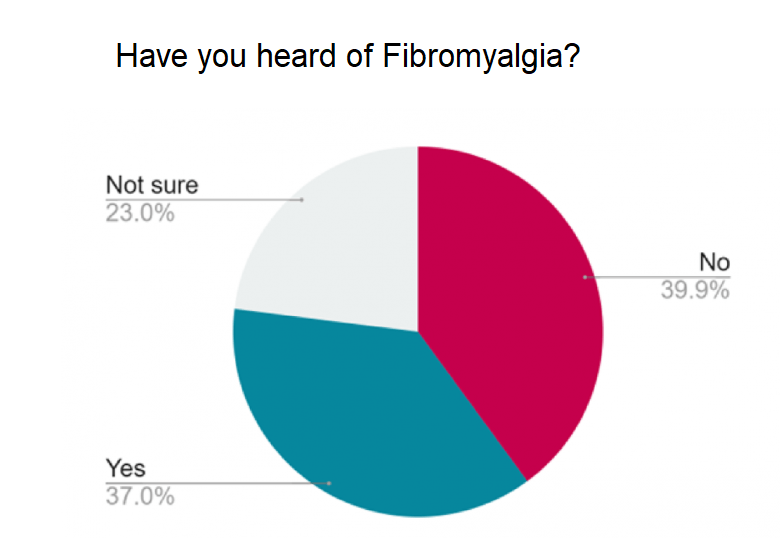How to support employees with Fibromyalgia
Supporting employees with long-term health conditions is becoming an increasingly important part of a health and safety department’s policies when it comes to wellbeing.
Given the large number of conditions many workers live with, having up-to-date policies on all of them can be challenging, especially if it is a condition with little public understanding.
What is Fibromyalgia?
An increasingly common condition that many people in the UK live with is Fibromyalgia, this rheumatic condition is often long-term, and can lead to the following symptoms and health issues:
- Higher sensitivity to pain
- Muscle stiffness and general fatigue
- Trouble sleeping
- Decreased cognitive function and memory loss
- Headaches
All of the above have the ability to seriously impact someone’s health and ability to perform at work. The cause of the condition is unknown, but the area is seeing an increase in research.
Despite the prevalence of Fibromyalgia, a new research study from Fibromyalgia compensation specialists BLB shows that just 37% of the UK knows what it is. This lack of general awareness is coupled with a gradual increase in the number of people searching on Google for Fibromyalgia-related terms.
This data suggests that the condition may well be prevalent in the UK and given an employer’s duty of care, it is something that needs to be considered carefully within the health, safety and wider wellbeing policy.

BLB’s Head of Personal Injury Andrew Atkinson had this to say:
“Although we do not have past awareness data to compare with these results, our own experience in recent years is that awareness of Fibromyalgia has continued to improve slowly, in part thanks to lobby groups and charities such as Fibromyalgia Awareness UK and Fibromyalgia Action UK. That said, the survey suggests we still have a long way to go, with only around 1 in 3 people in the UK aware of Fibromyalgia. That seems incredible for a condition that by some estimates affects almost 1 in 20 of the population.”
How can you support employees with the condition?
There are various treatment options available for the condition including medication, cognitive behavioural therapy and lifestyle changes/design. Employees with the condition may need more time off due to sickness or may require more frequent trips to the hospital.
Given the fluctuations in symptoms that often occur, giving employees better flexibility over their hours helps, and allowing them to vary the nature of their work will also provide better support. Reviewing your risk assessments and factoring in the condition and other ailments will also give you a better understanding of what you need to do when it comes to wellbeing and safety management.